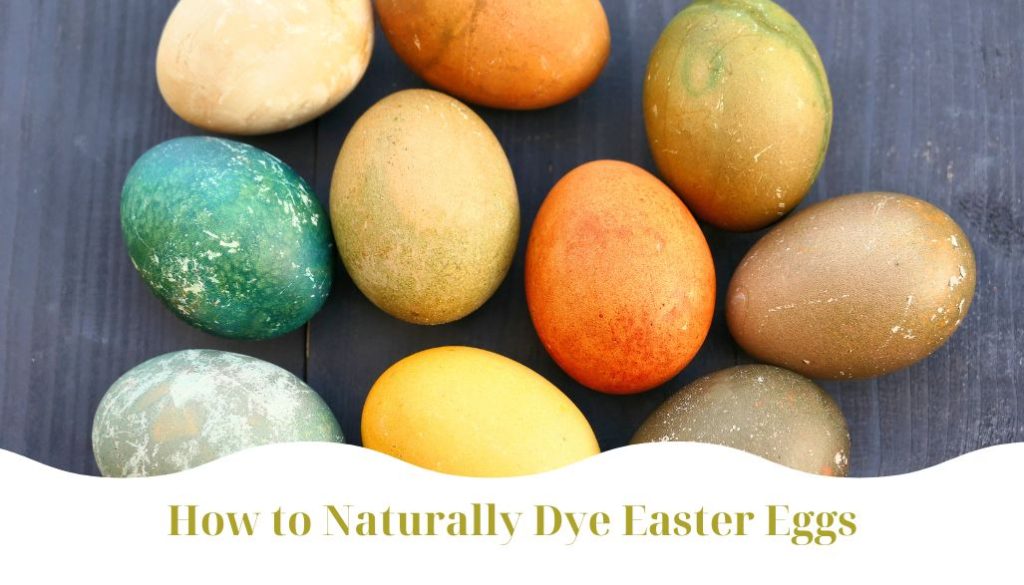Have some leftover red onion skins or turmeric in your spice drawer? Dye your Easter Eggs with these simple ingredients! The guide below shows which natural ingredients make different dye colors. You can dye both white and brown eggs to achieve beautiful, vibrant results!
Follow us and tag @morningfreshdairy on Facebook and Instagram when you use our products! We’d love to see what you create!
What you’ll need
- Saucepan with lid
- Fine-mesh strainer
- Another saucepan or bowl
- Baking dishes, mason jars, or other containers (one per dye color)
- Paper towels
Ingredients
- 6 unpeeled, hard-boiled large white eggs or cage-free brown eggs from Morning Fresh Egg Farms, at room temperature
- 2 Cups water
- Distilled White Vinegar
- 1 Tablespoon Neutral oil, like vegetable or grapeseed
Color Dye Options
- 2 cups shredded red beets (shows up pink on white eggs and brownish-red on brown eggs)
- 2 cups red onion skins (shows up lavender on white eggs and red on brown eggs)
- 2 cups yellow onion skins (shows up orange on white eggs and rusty red on brown eggs)
- 1/4 cup ground turmeric (shows up yellow on both white and brown eggs)
- 2 cups chopped purple cabbage (shows up blue on white eggs and green on brown eggs)
- 2 cups blueberries (shows ups blue on both white and brown eggs)
- 2 cups dried hibiscus flowers (shows up indigo on both white and brown eggs)
Directions
- Step 1
- Place 1 cup water and 1 cup dye ingredient of choice in a small saucepan and bring to a boil over medium-high heat.
- Step 2
- Reduce the heat down to low. Cover and simmer until the color is a few shades darker than you want for your eggs, 15 to 30 minutes. To test the color intensity, drop a tiny bit onto a white dish to mimic what the color might look like on the egg shell.
- Step 3
- Remove the pan from the heat. Let cool at room temperature. Pour through the fine-mesh strainer and set over another saucepan or bowl. Press the ingredient into the strainer to extract as much liquid as possible. Discard the contents of the strainer.
- Step 4
- Measure the amount of strained liquid. Add 1 Tablespoon distilled white vinegar per 1 cup strained liquid and stir to combine.
- Step 5
- Arrange the room-temperature, hard-boiled eggs in a bowl, baking dish, or mason jar. Pour the cooled dye over the eggs to make sure they are fully submerged.
- Step 6
- Refrigerate until chilled and desired color is reached. This takes anywhere from a few hours to overnight. Remove the eggs from the dye and dry with paper towels. If you want a more vibrant dye to be achieved, give the eggs multiple soaks in the dye and dry in-between soaks.
- Step 7
- Once the eggs are dyed to the desired intensity, dry them with paper towels. Gently rub a tiny bit of the natural oil into each egg with the paper towel to give them a slight polish. Refrigerate until ready to eat and enjoy!



